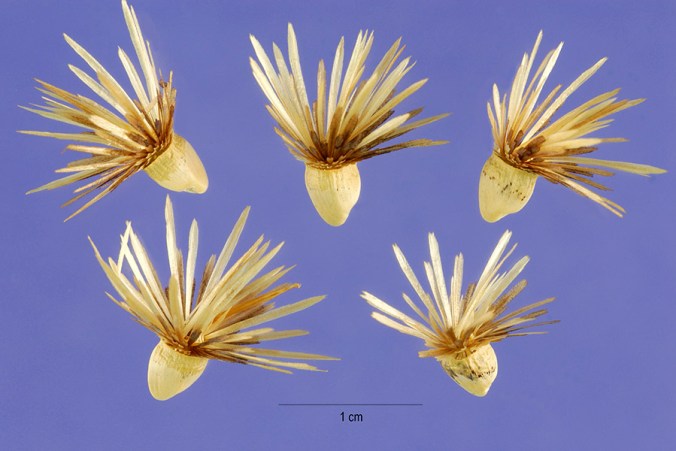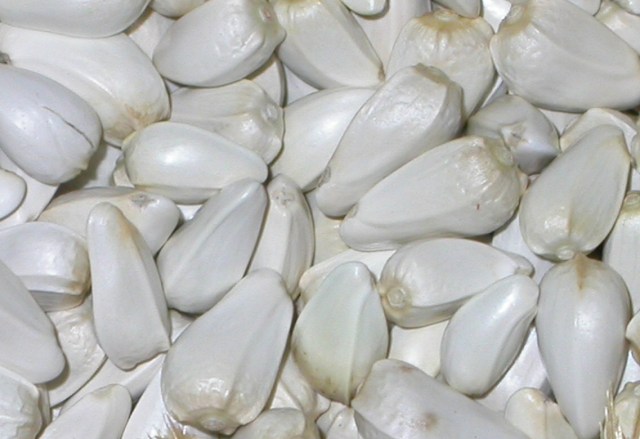This week we are excited to observe National Moth Week, which runs from July 20- 28, 2013. The website has links to many local events, so see what is happening in your area.
Why moths? Moths are often ignored in favor of their more-brightly colored and day-flying relatives, the butterflies, yet they are more numerous and ecologically diverse. Many are just a beautiful as butterflies, they are simply harder to spot. According to the news release:
National Moth Week literally shines a much-needed spotlight on moths and their ecological importance as well as their biodiversity. The event allows people of all ages to become “citizen scientists†and contribute scientific data about moths they observe in their own communities. Participating in National Moth Week can be as simple as turning on a porch light at night and watching what happens, or going outside in daylight to find caterpillars and diurnal moths, often mistaken for butterflies.
How do you tell a butterfly from a moth? Sometimes they look alike and children (and some adults) may not have a clear understanding of what separates the two. Here are two picture books for the youngest reader that will help:

What’s the Difference Between a Butterfly and a Moth? (What’s the Difference? (Capstone)) by Robin Michal Koontz and illustrated by Bandelin-Dacey (2009) is a beautifully-illustrated picture book that answers the question clearly for children in grades K-3. (Google books has a preview). It also would be useful for units on life cycles.
by Robin Michal Koontz and illustrated by Bandelin-Dacey (2009) is a beautifully-illustrated picture book that answers the question clearly for children in grades K-3. (Google books has a preview). It also would be useful for units on life cycles.

Butterfly or Moth?: How Do You Know? (Which Animal Is Which?) by Melissa Stewart (2011) uses color photographs to explores the same question. (Google books also has a preview). For example, by asking, “Knobs or no knobs?” Stewart points out that butterflies often have knobs on the tips of their antennae, whereas moths often have feathery antennae.
by Melissa Stewart (2011) uses color photographs to explores the same question. (Google books also has a preview). For example, by asking, “Knobs or no knobs?” Stewart points out that butterflies often have knobs on the tips of their antennae, whereas moths often have feathery antennae.

A great way to celebrate National Moth Week is to pick up a book and learn more about them. See a whole list of children’s books about butterflies and moths at Science Books for Kids, including some for older children. The list has been updated and expanded from last year.
Finally, if you know a child who is interested in moths, check the free moth coloring book to print out.
How are you observing National Moth Week? If you would like to, please let us know how you are participating.
Note: Linked titles go to Amazon for further information and reviews. Just so you know, I am an affiliate with Amazon. If you make a purchase after clicking on one of the links, I will receive a small commission at no extra charge to you, the proceeds of which will help pay for maintaining this website.













